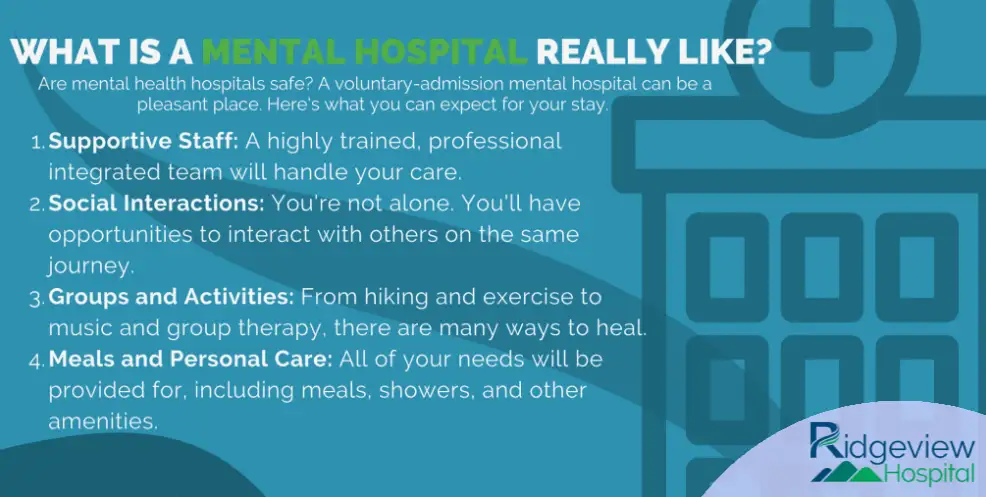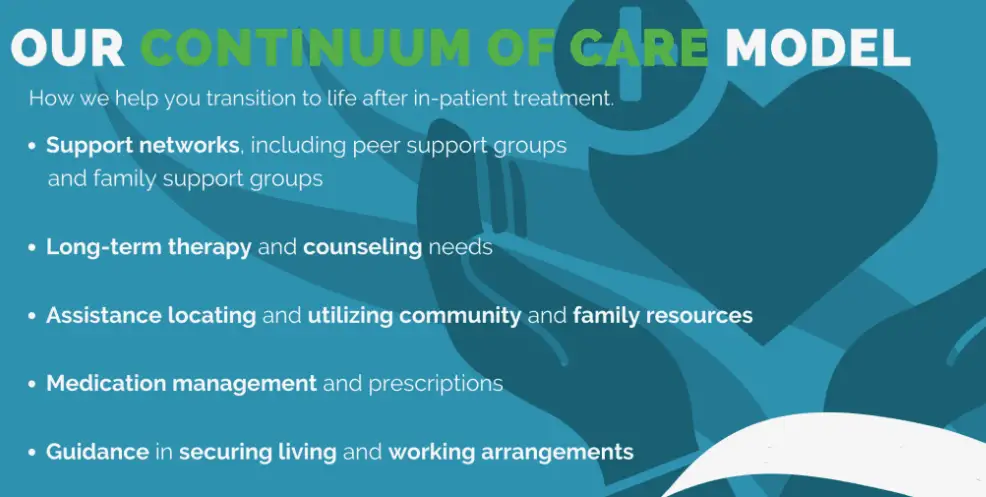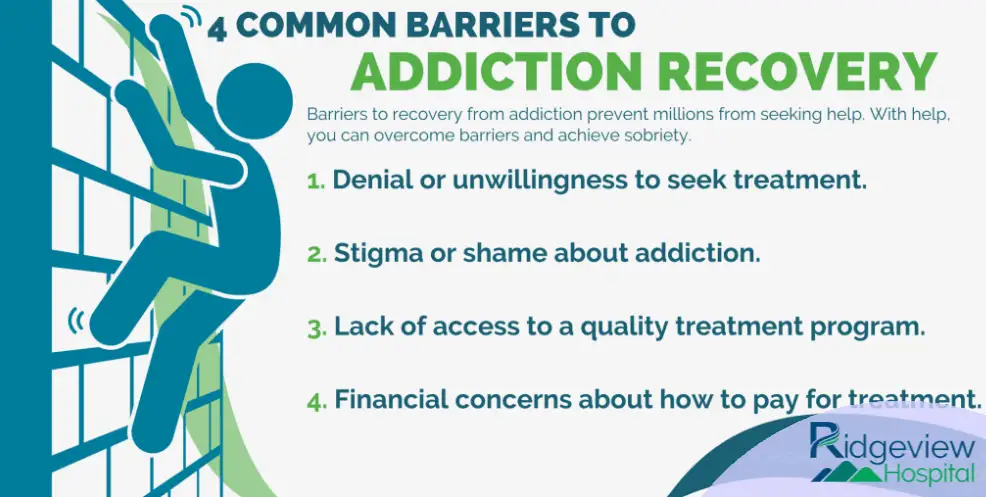Prescribed stimulant drugs can be helpful for some people with specific physical and mental conditions. However, if you misuse prescription stimulants or take stimulant street drugs regularly, they can pose significant risks. Here’s an overview of stimulant drugs, including their types, why people use them, how they affect the body, and the risks associated with stimulants.
What Are Stimulant Drugs?
Stimulant drugs are substances that increase the activity of the central nervous system and the body. The other hand medications or street drugs that work by speeding up the chemical messages that travel between your brain and the rest of your body. They give you a boost, both physically and mentally. By increasing your dopamine levels, they may give you a pleasant feeling – at first. However, because the short-term experience can seem so desirable, many people misuse stimulants.
Medical Uses of Stimulant Drugs:
- Attention Deficit Hyperactivity Disorder (ADHD): Stimulants like methylphenidate (Ritalin) and amphetamines (Adderall) are commonly prescribed to help improve focus and reduce hyperactive and impulsive behaviors.
- Narcolepsy: Medications such as modafinil and amphetamines are used to help patients stay awake and alert during the day.
- Certain Cases of Depression: Some stimulants are used as an adjunct therapy for treatment-resistant depression to help improve mood and energy levels.
What Drugs Are Stimulants?

There are several types of stimulants that people use. Some are common and socially acceptable, such as coffee or pseudoephedrine. Nicotine is a dangerous stimulant that some people still use regularly.
Other stimulants include:
- Amphetamines are used both as medications and recreationally.
- Cocaine, long ago used by doctors to block pain, is now primarily a powerfully addictive illicit drug used by many to stay awake longer, lose weight, or gain confidence.
- Ice is also known as crystal meth.
- Khat, the stimulant, is in leaves that are chewed, mainly in Middle Eastern cultures.
- Synthetic cathinone can include both prescription drugs like bupropion and recreational drugs.
- Betel nut, a nut that is chewed alone or mixed with tobacco, is a home remedy for schizophrenia, digestive problems, and other issues but has not been proven to help with any physical or mental condition.
- Methylphenidate is often prescribed for ADHD or narcolepsy.
As you might notice, stimulant drugs can be used for positive effects and misused to create addiction, along with a variety of physical and mental health issues.
What Are the Effects of Stimulants?
What effects you will experience when taking stimulant drugs depends on several factors. The type, strength, amount you take, and whether you take them with other substances all play a part. In addition, your own size, weight, and underlying health conditions can influence the effects. Plus, the effect depends on whether you are used to taking it.
If you take a prescribed stimulant at the recommended dosage, you may experience some side effects at first. If so, you can talk to your doctor about whether you are getting enough benefit from the stimulant drug to justify living with the side effects.
Positive and Undesirable Effects
In general, if you take stimulants at low doses, the effects can seem positive. You may feel euphoric, have a greater sense of overall well-being, and become more alert, confident, and talkative. Your appetite may diminish, which is why stimulant drugs have been used as diet pills at times.
In addition, however, your heart rate and blood pressure may increase. You may have intense anxiety, tension, and nausea. Your body temperature may rise, and you could begin to have tremors. The worst risks of stimulants can happen if you use them for too long or take too much. Then, you could have cardiac arrhythmia, cardiac arrest, strokes, seizures, go into a coma, or die.
What Are the Signs of Stimulant Abuse?
Beyond the physical risks associated with stimulants, these drugs are extremely addictive. Once you have taken them for a while, you become tolerant to them, meaning it takes more of the drug to give you the desired feeling. You can also become dependent on them, craving the drug and putting it ahead of all other goals in your life. After you become addicted to stimulant drugs, it is very hard to stop taking them.
Here are some of the signs that you or someone you know might be abusing stimulant drugs.
Physical and mental effects include:
- Pupils are dilated.
- Feeling restless
- Hyperactive
- No appetite
- Losing weight
- Sweating
- Mood swings
- Impulsive behavior
- Being jittery
- Rapid heartbeat
- Higher blood pressure
- Flight of ideas
- Anxiety
- Paranoia
- Decreased sexual function
- Confusion
Changes in behavior can show up as:
- Lying or stealing to get the drug
- Doctor shopping to get stimulant prescriptions
- Exceeding the recommended dose of stimulant prescriptions
- Using stimulants that were prescribed to someone else
- Using street drugs that are stimulants
If these signs of stimulant abuse feel very familiar, chances are you or someone you care about needs help and effective treatment. Not only can the right care help you regain your physical health, but it can improve your mental health so that you can build a better life without the drugs.
Treatment for Stimulant Abuse
The first step in stimulant use disorder is typically detoxification. During detox, you need to be medically supervised as your body goes through the shock of being without the drug. Depression can become a problem, and some people even have suicidal thoughts or actions when detoxing from stimulants.
However, detox alone can’t stop the addiction. To regain your physical and mental health and overcome your addiction, you need continuing treatment until you learn how to manage your life and problems without stimulants.
Treatment typically includes some form of talk therapy, such as behavioral therapy or cognitive-behavioral therapy. Contingency management, a type of behavioral therapy, can help you by giving you incentives for positive behaviors, such as not using stimulants. CBT helps you reevaluate the thoughts behind your feelings and choices to use stimulant drugs. When you learn to choose more helpful thoughts and behaviors, you have more tools at your disposal to prevent relapse.
FAQ
1. What are stimulant drugs?
Stimulant drugs are substances that increase the activity of the central nervous system and the body, enhancing alertness, attention, and energy.
2. What are the common types of stimulant drugs?
Common types of stimulant drugs include caffeine, nicotine, amphetamines, and cocaine.
3. What are the medical uses of stimulant drugs?
Medically, stimulant drugs are used to treat conditions like ADHD, narcolepsy, and certain cases of depression.
4. What are the potential effects of using stimulant drugs?
Potential effects of using stimulant drugs include increased heart rate, elevated blood pressure, reduced appetite, and heightened alertness.
5. What are the risks associated with stimulant drug use?
Risks associated with stimulant drug use include addiction, cardiovascular problems, mental health issues, and potential for overdose.
Stimulant Use Disorder Treatment at Ridgeview Behavioral Hospital
More than anything, patients need to know that they will receive the best possible care. It’s important to remember that the care you need today may be different from the care you need tomorrow. There are many types of therapy available at Ridgeview Behavioral Hospital, so reach out if you need assistance in the Middle Point, Ohio area.
Call (419) 949-8590 to speak with one of our treatment specialists and learn more about our programs. Take our 😍 Mental Health Assessment or our 🧐 Addiction Test.





















